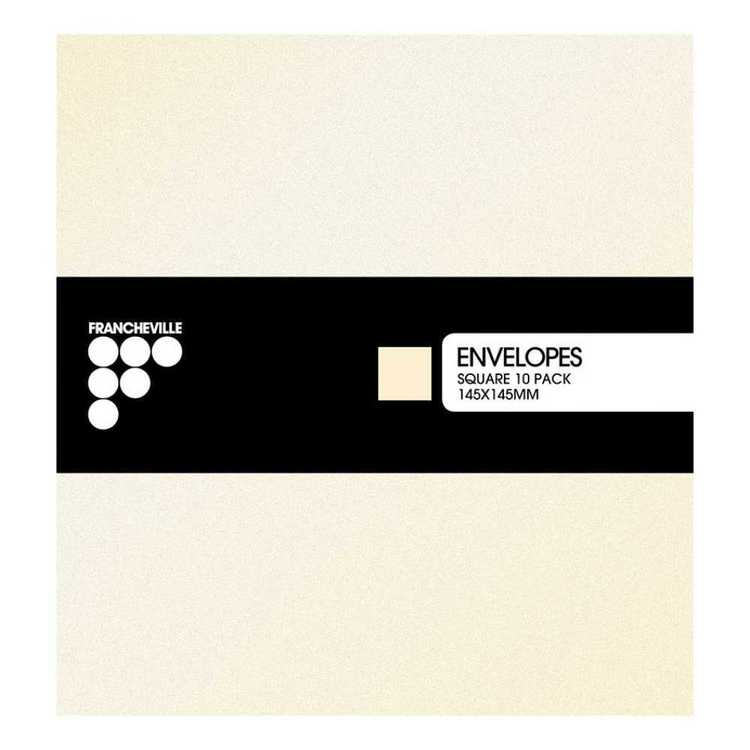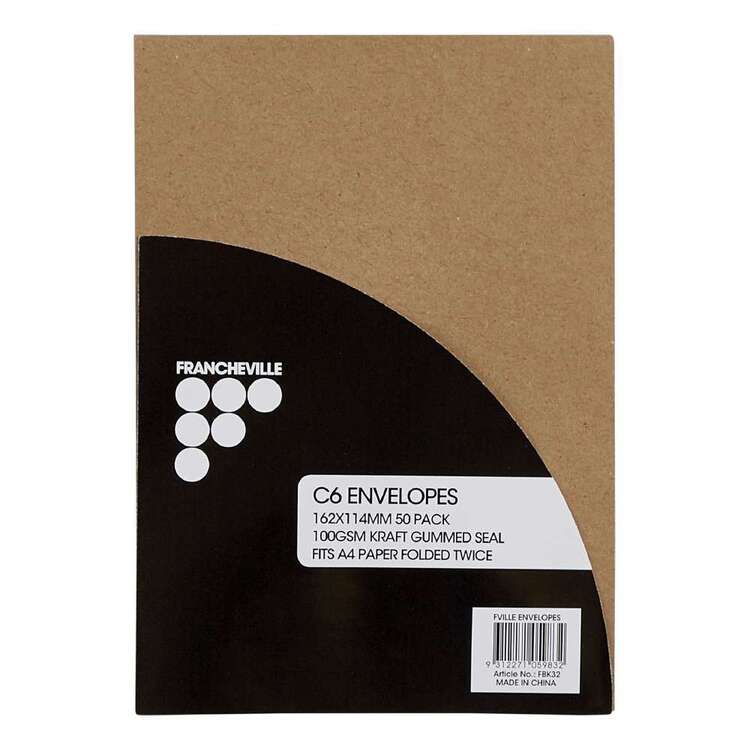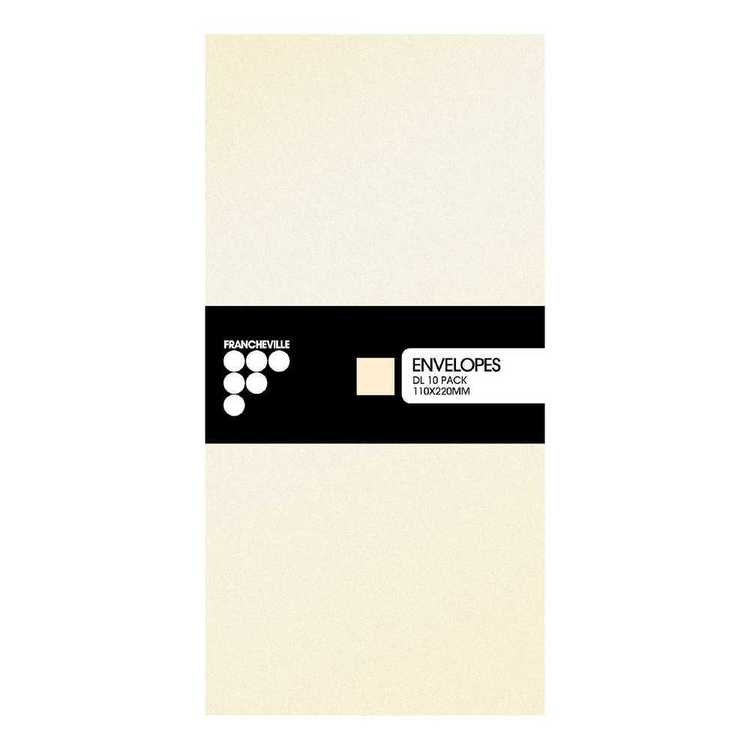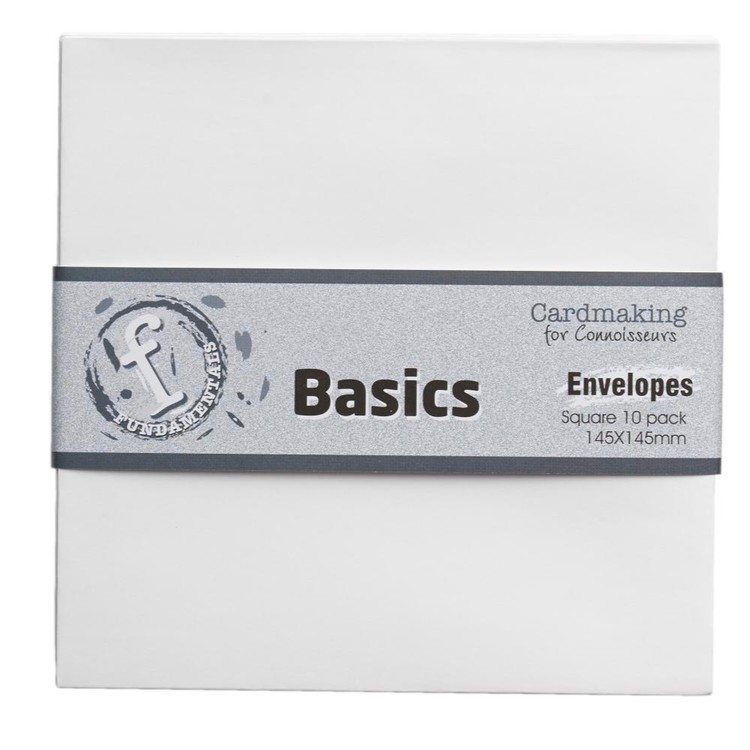 | ||
| Your browser is not supported. | ||
|
Please browse our site using any of the following options:
| ||
Envelopes
Find envelopes in a range of sizes & colours suitable for business & card-giving. Browse our range of craft envelopes at Spotlight online or in-store.
10 items found.
Getting Started With Cardmaking With The Help Of Spotlight
Making cards is a wonderful hobby, and it can save you money on buying greeting cards for special occasions. If you have an eye for detail and loads of creativity, then cardmaking is certainly a good hobby for you.
Do you want to get started with cardmaking, but do you have no idea how to get started? Check out the detailed craft guide to cardmaking created by the Spotlight team below.
Which Cardmaking Techniques Should I Learn?
If you are a beginner, you are probably not familiar with the different techniques you can use to make cards. Some of the older techniques you could learn are stamping and quilling, but you could also choose the more modern folding method.
Evidently, you do not have to stick to a single technique to make your cards. You could even develop your own to make your cards stand out from all the other greeting cards out there. There is no limitation to the different embellishments, techniques, and materials you can use to create your lovely greeting cards. Still, let us introduce you to some of the most popular techniques used in cardmaking below.
Embossing - This technique is characterised with a raised design or a pattern. It is often created in a special embossing machine or with an embossing tool. There are also subcategories of embossing these days, this includes dry embossing and wet embossing. Dry embossing involves the use of a stencil to create the raised design, why wet embossing uses ink, embossing power and a dedicated heat tool.
Masking - The masking technique consists of various layers of stamped illustrations, this can be done with paper, but also other materials that are later added to the card.
Layering and matting - This technique is often used in combination with the other techniques mentioned in this overview. Of course, it is also a technique on its own. When using this technique, you will add several layers on top of one another to create one image. Subsequently, this technique is popular to add a little more dimension to creating cards or to create beautiful focal point.
Paper puzzling - The paper puzzling technique involves using miniscule pieces of coloured paper and gluing them together to get the desired design. You could almost compare it to mosaics, as it creates quite the similar effect.
Sponging - If you want the most affordable way to add a little bit more texture to your cards, you can use the sponging method. Simply use some of your old sponges and dip them into your preferred ink or paint. Then, you can press the sponge onto your card material to get the desired texture.
Stencilling - When you have a love for detail, you should undoubtedly look at the stencilling technique. Simply choose a cut-out of a detailed image and stencil it on your card to get a detailed card.
Where Can I Get Some Good Ideas For My Cardmaking Projects?
Since cardmaking is a popular hobby, you can find a lot of inspiration online. There are loads of tutorial videos that can introduce you to the basics of cardmaking. If you rather stick to your own creativity, then you can also write some ideas down. You can even create a scrapbook with some of your favourite patterns, designs, stamps, and other things you can add to cards.
Which Materials And Equipment Do I Need For Cardmaking?
Cardmaking does not require any expensive equipment, this means that cardmaking is easy to get into as you do not need a high budget. To get started, it is always recommended to have a starter kit, which you can create yourself with the affordable materials and equipment available at Spotlight.
Evidently, the most important material you will need for your cardmaking hobby is some cardstock. Cardstock is available in various colours and designs, you can even get options with special coatings and finishes, which will make your cards look absolutely amazing.
In addition to your favourite selection of cardstock, you will also need some cutting tools for the detailing on your cards. Several pair of scissors, a craft knife, cutting mat, and some adhesives are usually the only tools you need for cardmaking.











































